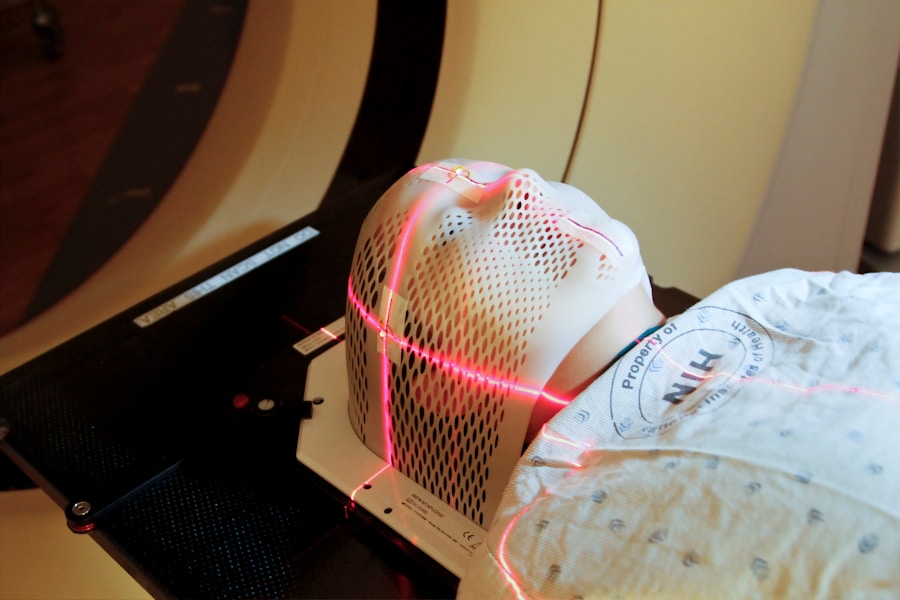Folliculitis is a common skin condition that occurs when hair follicles become inflamed. This can happen for a variety of reasons, including bacterial or fungal infections, irritation from shaving or waxing, or even certain skin conditions such as acne or dermatitis. The symptoms of folliculitis can vary depending on the cause, but common signs include red, swollen bumps or pustules around hair follicles, itching, tenderness, and sometimes even pain. In more severe cases, folliculitis can lead to scarring or permanent hair loss in the affected areas. It is important to seek medical attention if you suspect you have folliculitis, as proper diagnosis and treatment are essential for managing the condition.
Folliculitis can be a frustrating and uncomfortable condition to deal with, especially for those who regularly remove hair through traditional methods such as shaving, waxing, or plucking. These methods can often exacerbate folliculitis by causing irritation and inflammation to the hair follicles. In some cases, the repeated trauma to the skin from these methods can even lead to chronic folliculitis, making it a persistent and ongoing issue for many individuals. As a result, finding an effective and long-term solution for hair removal becomes crucial for those who suffer from folliculitis.
The Limitations of Traditional Hair Removal Methods
Traditional hair removal methods such as shaving, waxing, and plucking can be effective in the short term, but they often come with a host of limitations and drawbacks. Shaving, for example, can lead to ingrown hairs and razor burn, both of which can contribute to folliculitis. Waxing and plucking can also cause irritation and inflammation to the hair follicles, leading to a higher risk of developing folliculitis. Additionally, these methods are often time-consuming and require regular maintenance, making them inconvenient for many individuals.
Furthermore, traditional hair removal methods do not provide long-term solutions for folliculitis. In fact, they can often exacerbate the condition, leading to chronic inflammation and discomfort. This can be particularly frustrating for those who suffer from folliculitis on a regular basis, as it can feel like a never-ending cycle of irritation and discomfort. As a result, many individuals seek alternative solutions for hair removal that can effectively target folliculitis and provide long-term relief.
How Laser Hair Removal Targets Folliculitis
Laser hair removal is a popular and effective method for removing unwanted hair while also targeting folliculitis. Unlike traditional hair removal methods, laser hair removal works by targeting the hair follicles themselves, using concentrated beams of light to destroy the hair at the root. This not only provides long-lasting results but also helps to reduce the risk of developing folliculitis in the treated areas.
The laser energy is absorbed by the pigment in the hair follicle, which then heats up and damages the follicle, inhibiting future hair growth. This process effectively reduces the risk of ingrown hairs and inflammation, making it an ideal solution for those who suffer from folliculitis. Additionally, laser hair removal can be customized to target specific areas of concern, making it a versatile option for individuals with varying degrees of folliculitis.
The Benefits of Laser Hair Removal for Folliculitis
Laser hair removal offers a range of benefits for individuals who suffer from folliculitis. Firstly, it provides long-term results, reducing the need for regular maintenance and minimizing the risk of developing folliculitis in the treated areas. This can be particularly beneficial for those who struggle with chronic folliculitis and are looking for a more permanent solution for hair removal.
Additionally, laser hair removal is a safe and effective method for targeting folliculitis without causing further irritation or inflammation to the skin. Unlike traditional hair removal methods, which can often exacerbate folliculitis, laser hair removal works to reduce the risk of developing ingrown hairs and pustules by destroying the hair follicles at the root. This not only provides relief from the discomfort associated with folliculitis but also helps to improve the overall appearance and texture of the skin in the treated areas.
What to Expect During Laser Hair Removal Treatment
Before undergoing laser hair removal treatment, it is important to schedule a consultation with a qualified professional to discuss your concerns and determine if you are a suitable candidate for the procedure. During the consultation, the professional will assess your skin type and hair color to determine the most appropriate laser settings for your individual needs. They will also discuss any potential risks or side effects associated with the treatment and provide you with detailed instructions on how to prepare for your sessions.
On the day of your laser hair removal treatment, you will be asked to shave the treatment area beforehand to ensure that the laser energy is effectively absorbed by the hair follicles. The professional will then apply a cooling gel to the skin to help protect it from the heat generated by the laser. During the treatment, you may experience a mild stinging or snapping sensation as the laser energy is delivered to the skin, but this discomfort is typically well-tolerated by most individuals.
Aftercare and Maintenance for Long-Term Results
After undergoing laser hair removal treatment, it is important to follow the aftercare instructions provided by your professional to ensure optimal results and minimize any potential side effects. This may include avoiding sun exposure and using sunscreen on the treated areas to protect them from UV damage. You may also be advised to avoid using certain skincare products or engaging in activities that could irritate the skin immediately following your treatment.
In terms of maintenance, most individuals will require multiple sessions of laser hair removal to achieve optimal results. This is because hair grows in different cycles, and multiple treatments are needed to target all of the hairs in the treatment area. The exact number of sessions required will depend on factors such as your skin type, hair color, and the area being treated. Your professional will be able to provide you with a personalized treatment plan based on your individual needs and goals.
Finding a Qualified Professional for Laser Hair Removal
When seeking laser hair removal treatment for folliculitis, it is crucial to find a qualified and experienced professional who specializes in this area. Look for a provider who has extensive training and certification in laser hair removal and who has a track record of successful outcomes for individuals with similar concerns. Additionally, consider scheduling a consultation with multiple providers to compare their recommendations and ensure that you feel comfortable and confident in their abilities.
It is also important to inquire about the type of laser technology being used by the provider, as different devices may be more suitable for certain skin types and concerns. Ask about their experience with treating folliculitis specifically and request before-and-after photos of previous patients with similar concerns to gauge their level of expertise. By taking these steps and thoroughly researching your options, you can feel confident in your decision to undergo laser hair removal treatment for folliculitis with a qualified professional.






